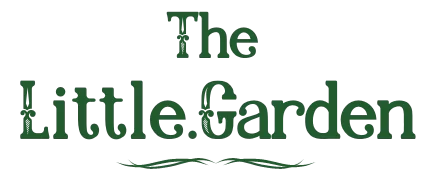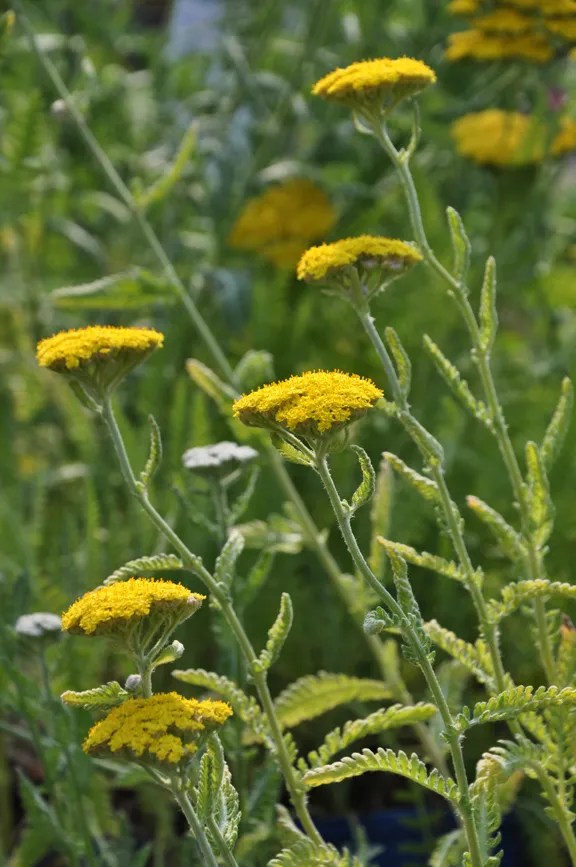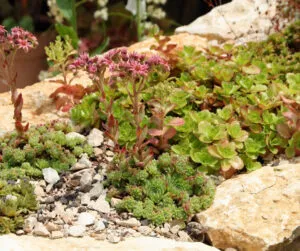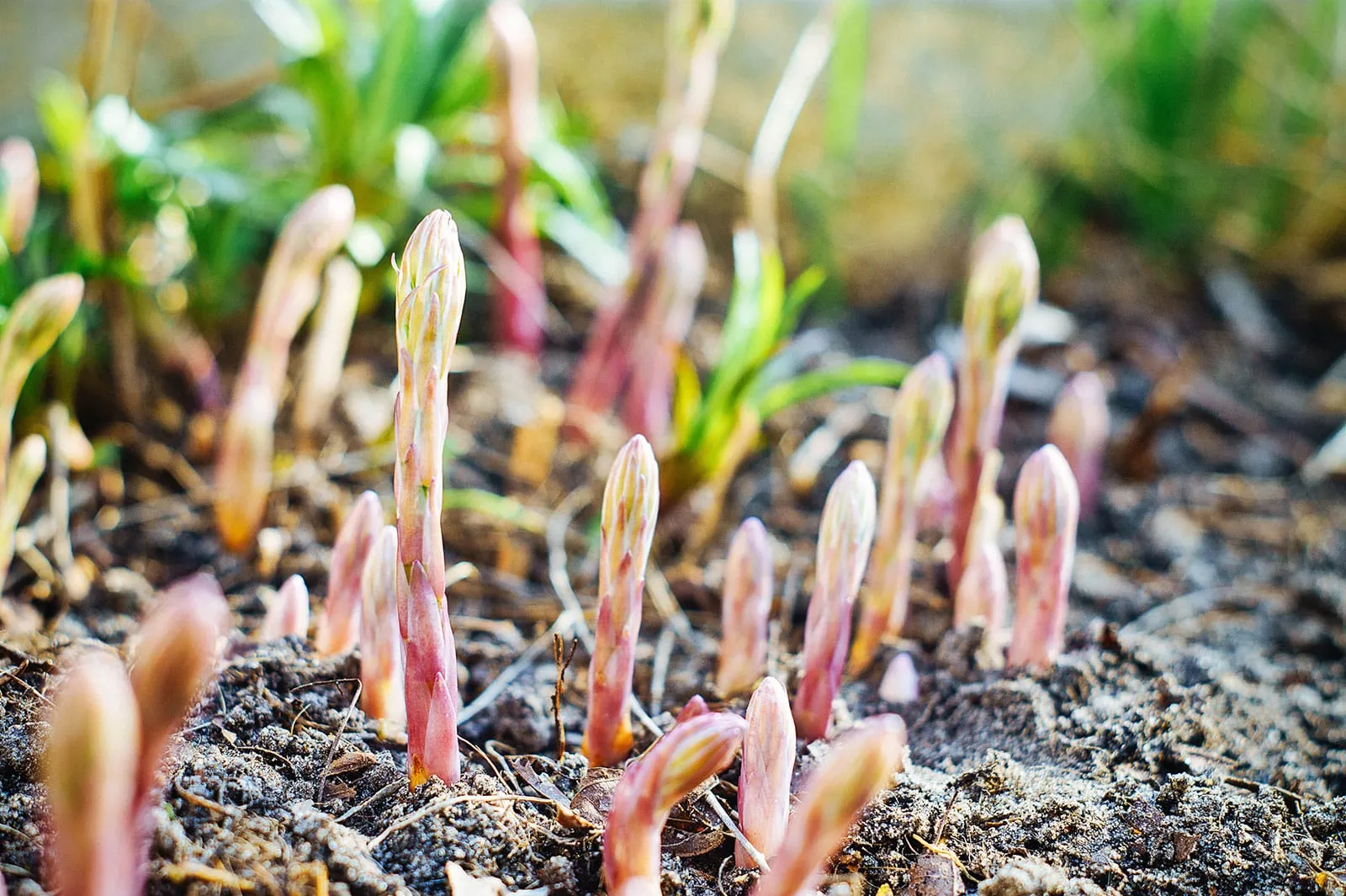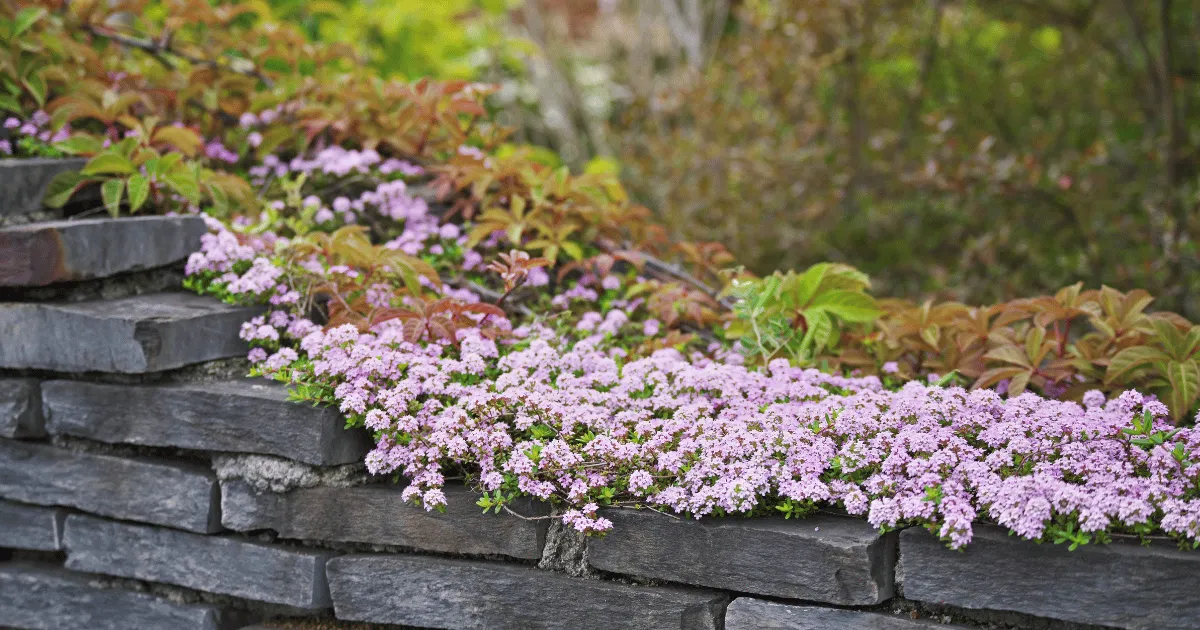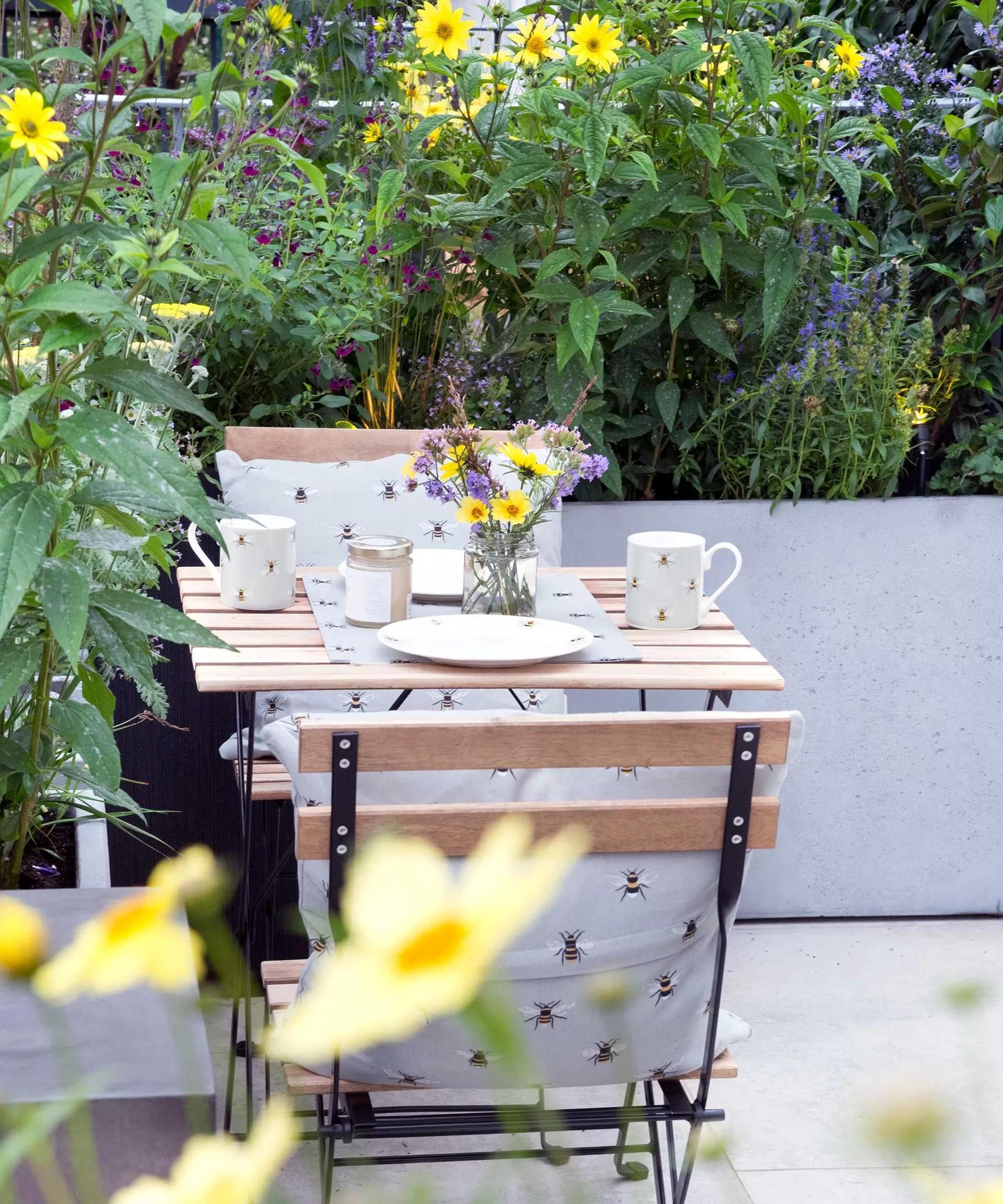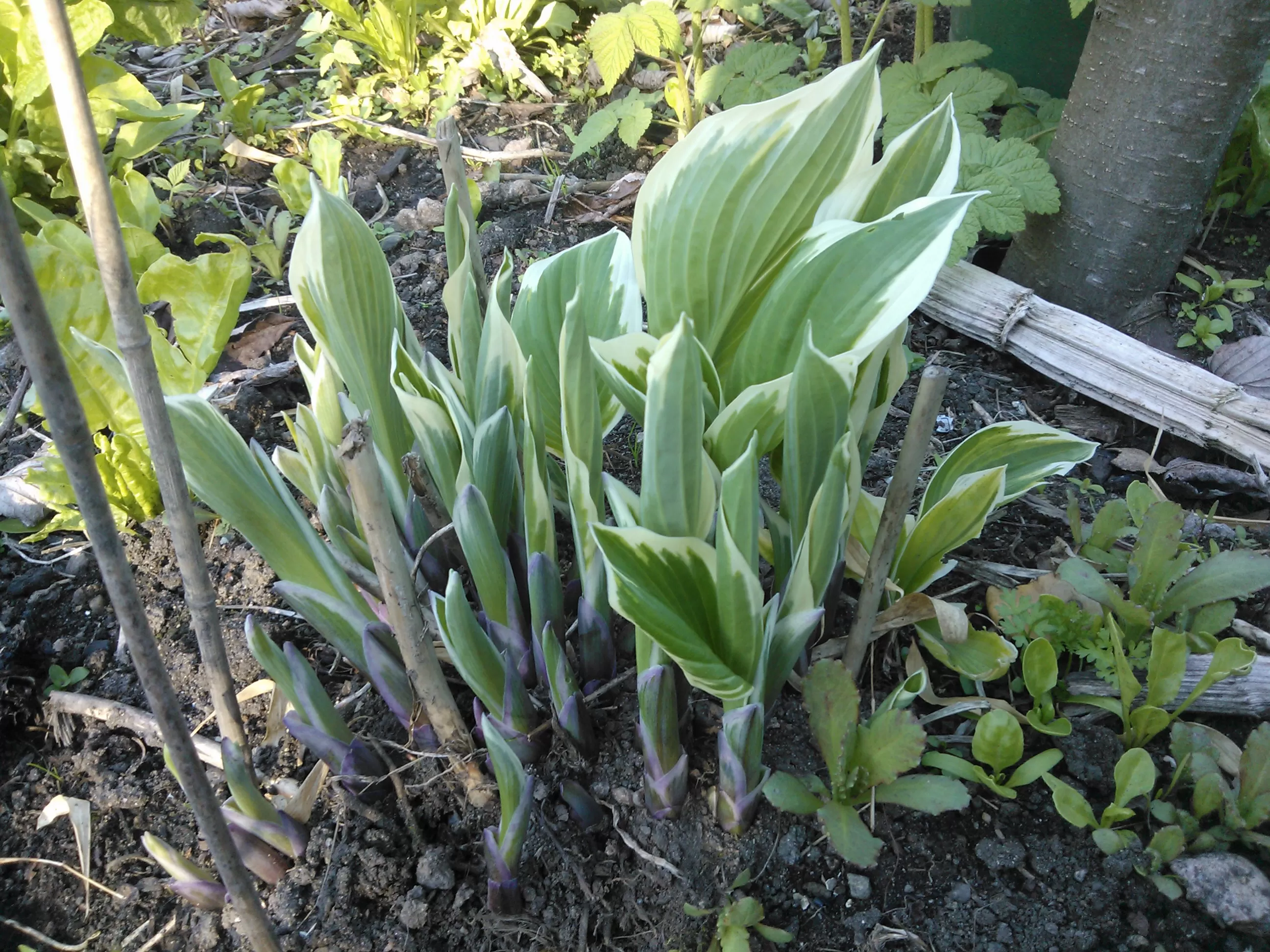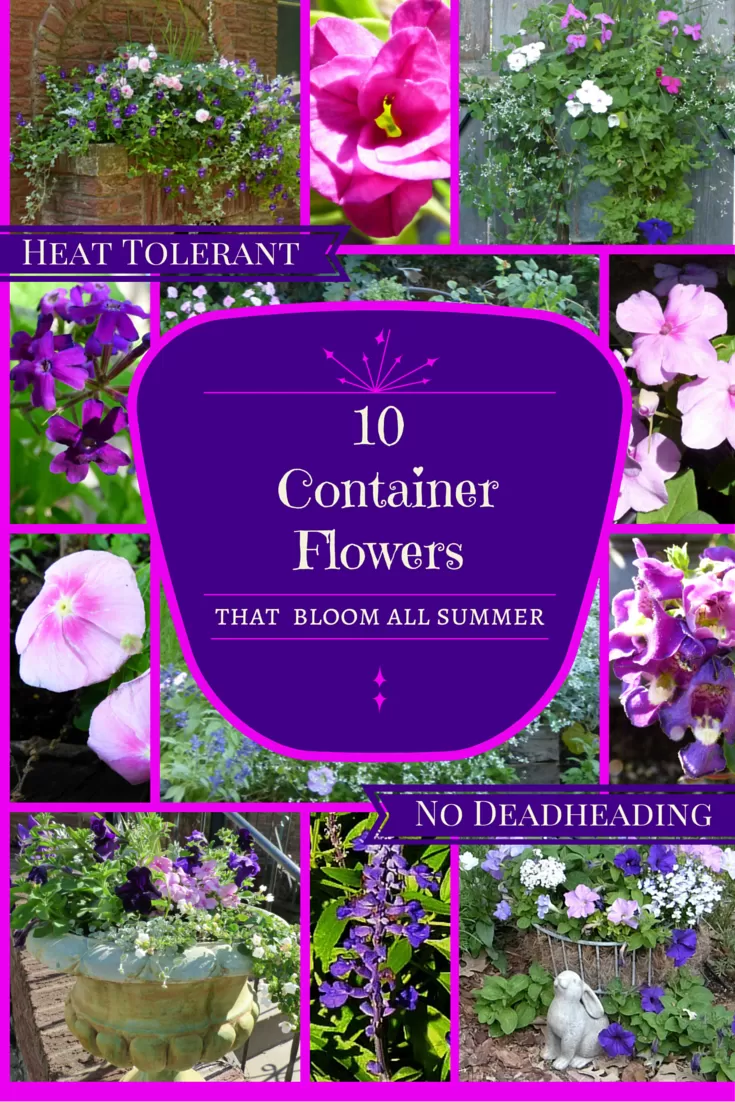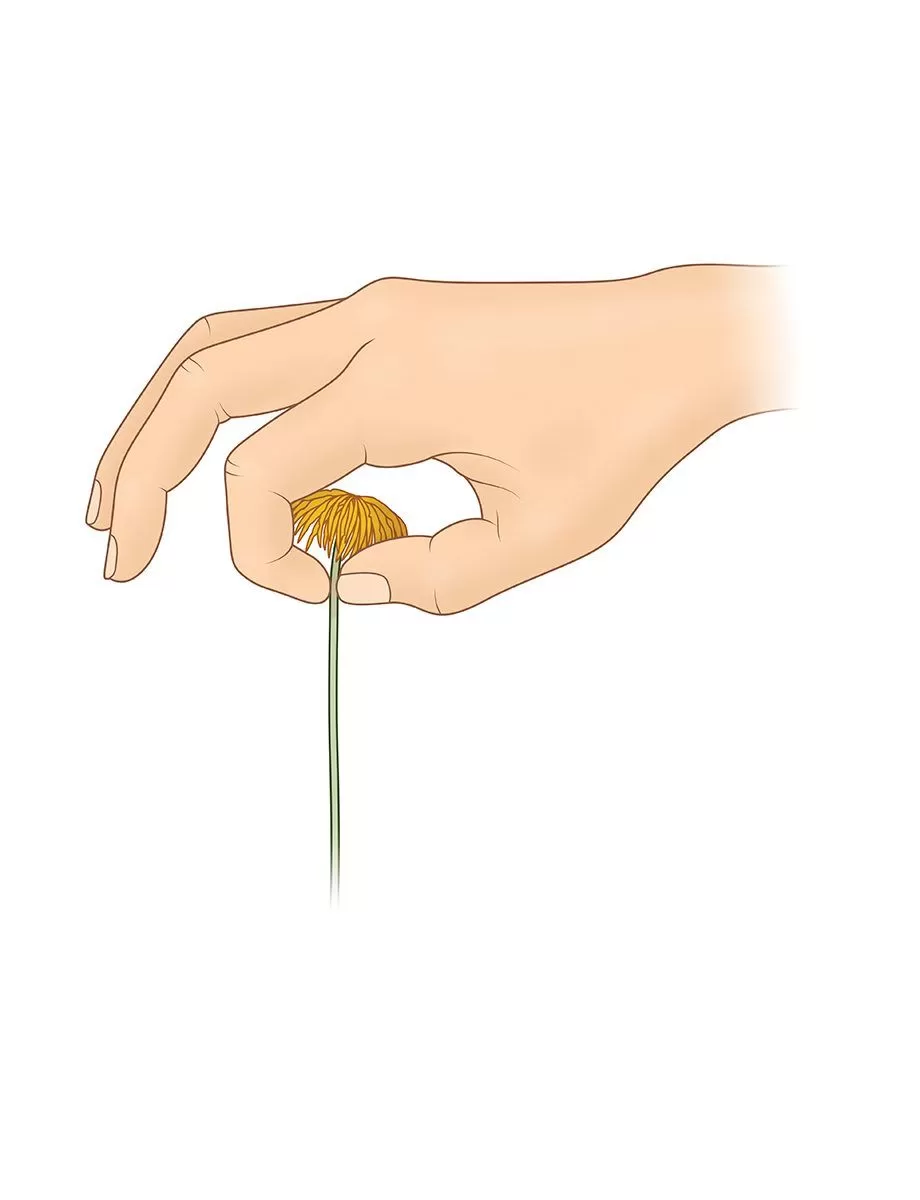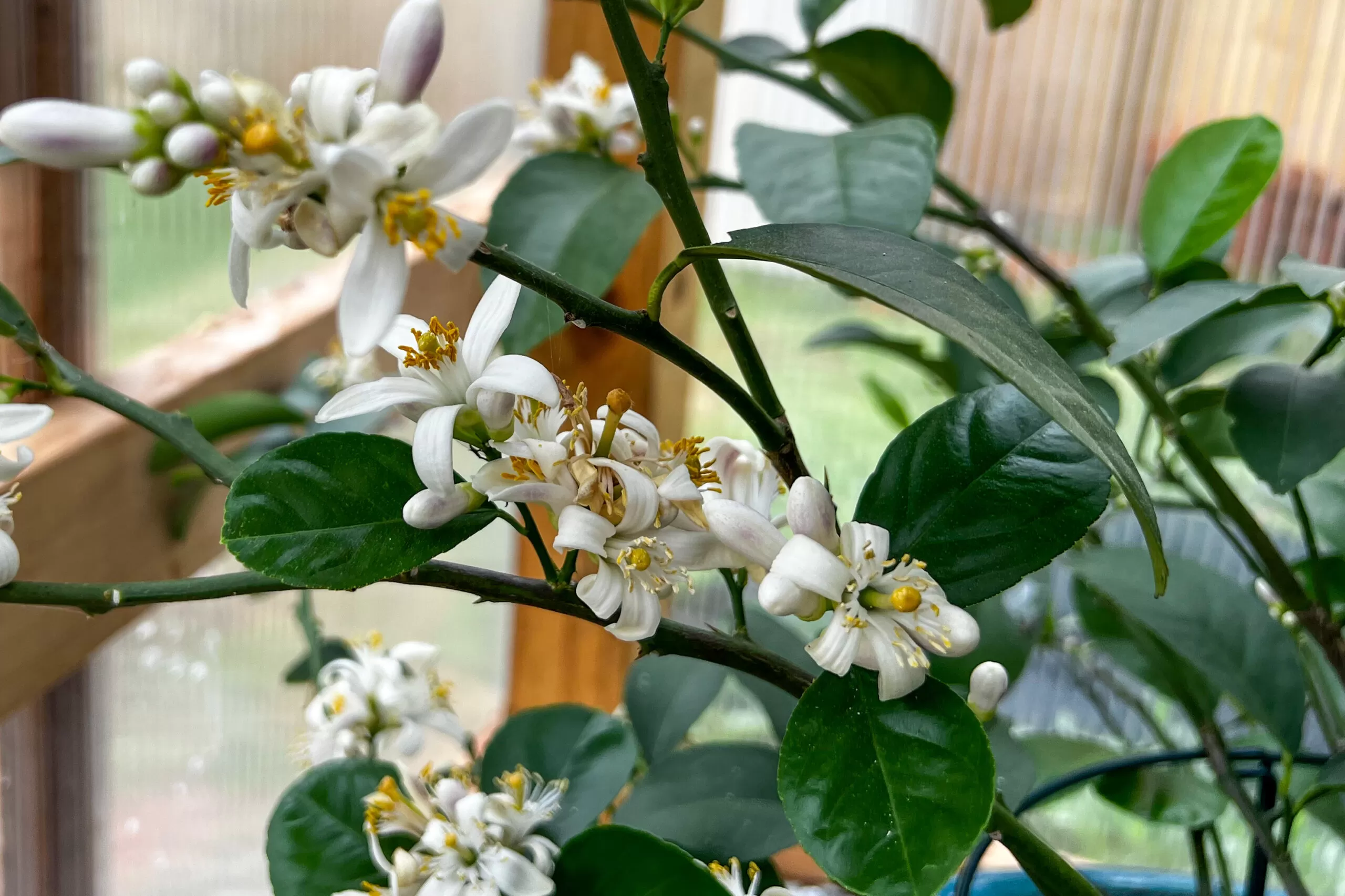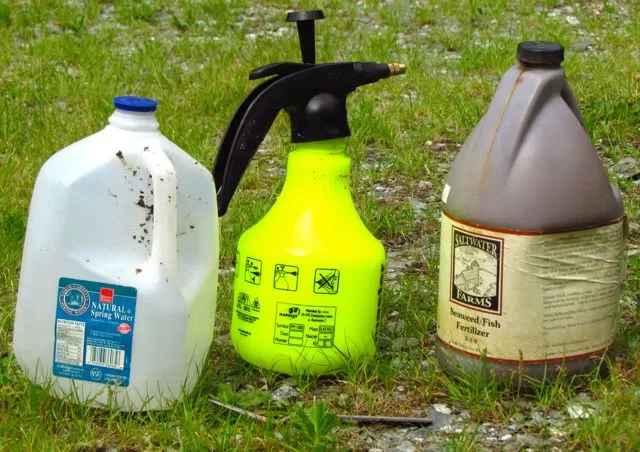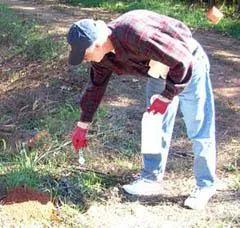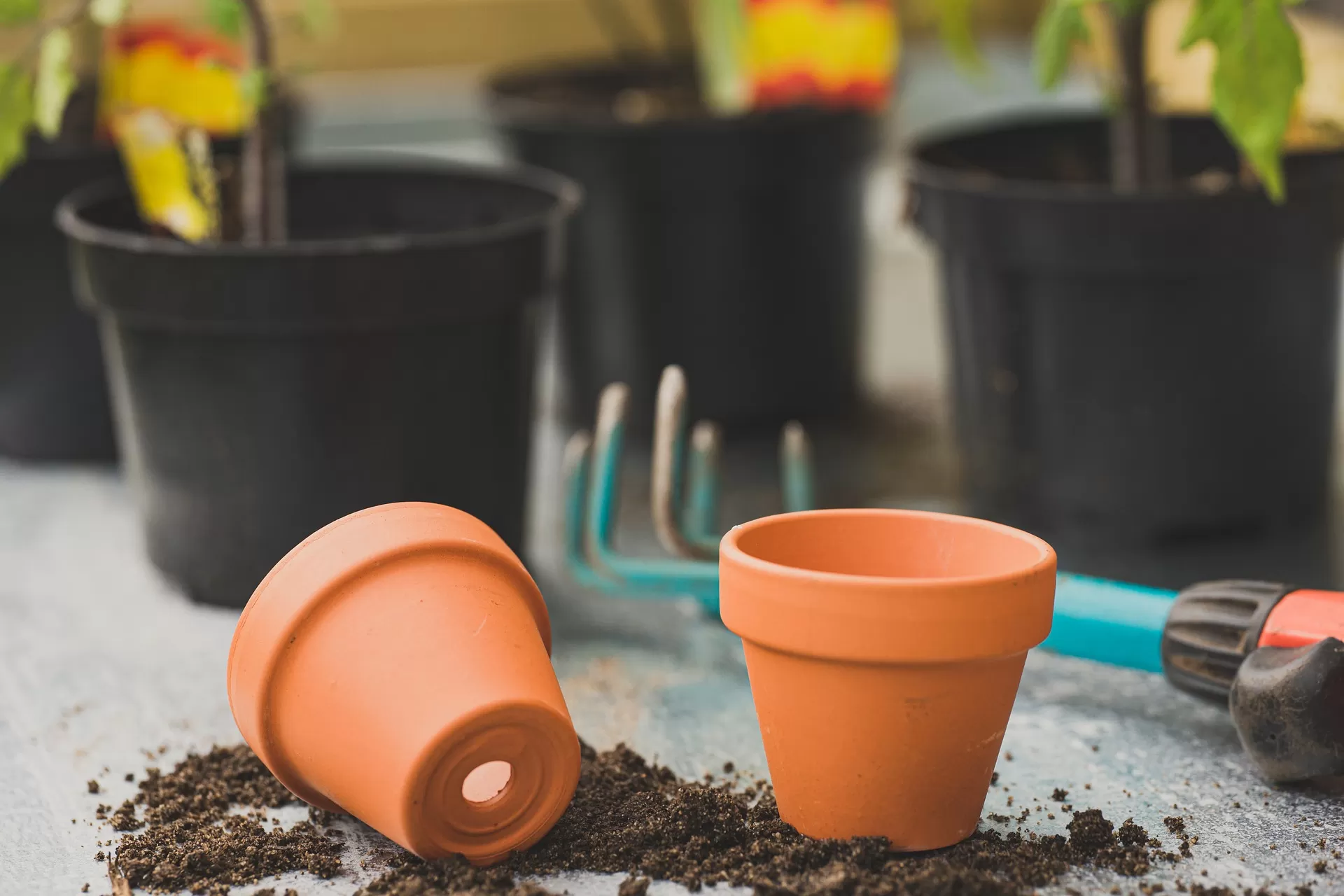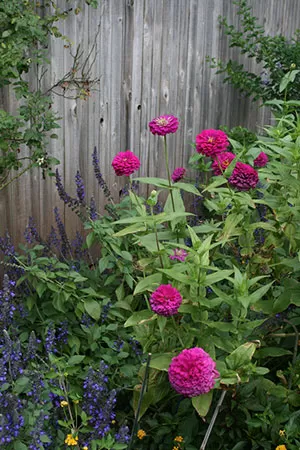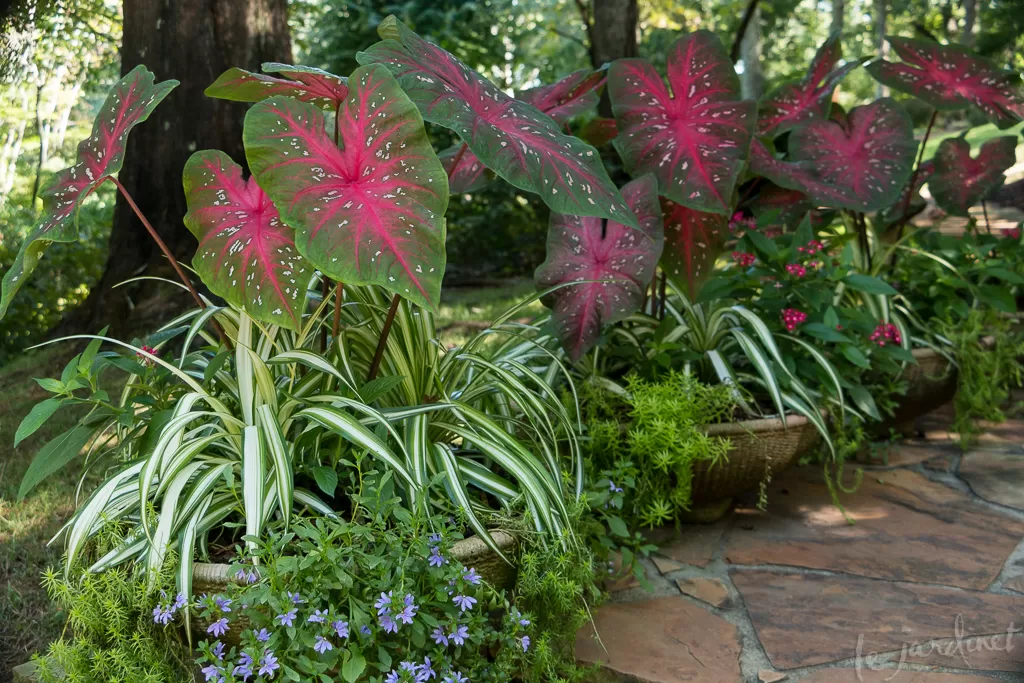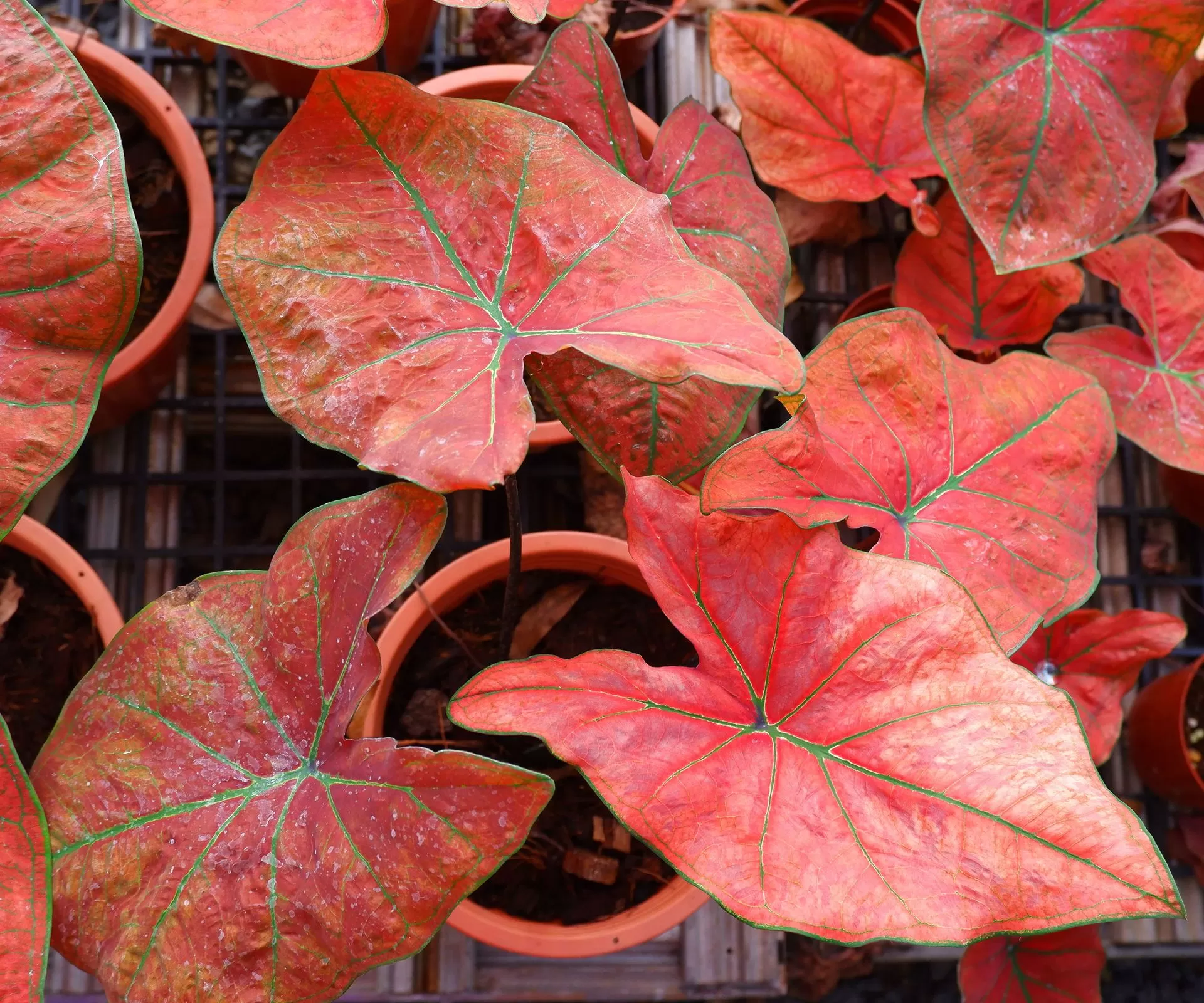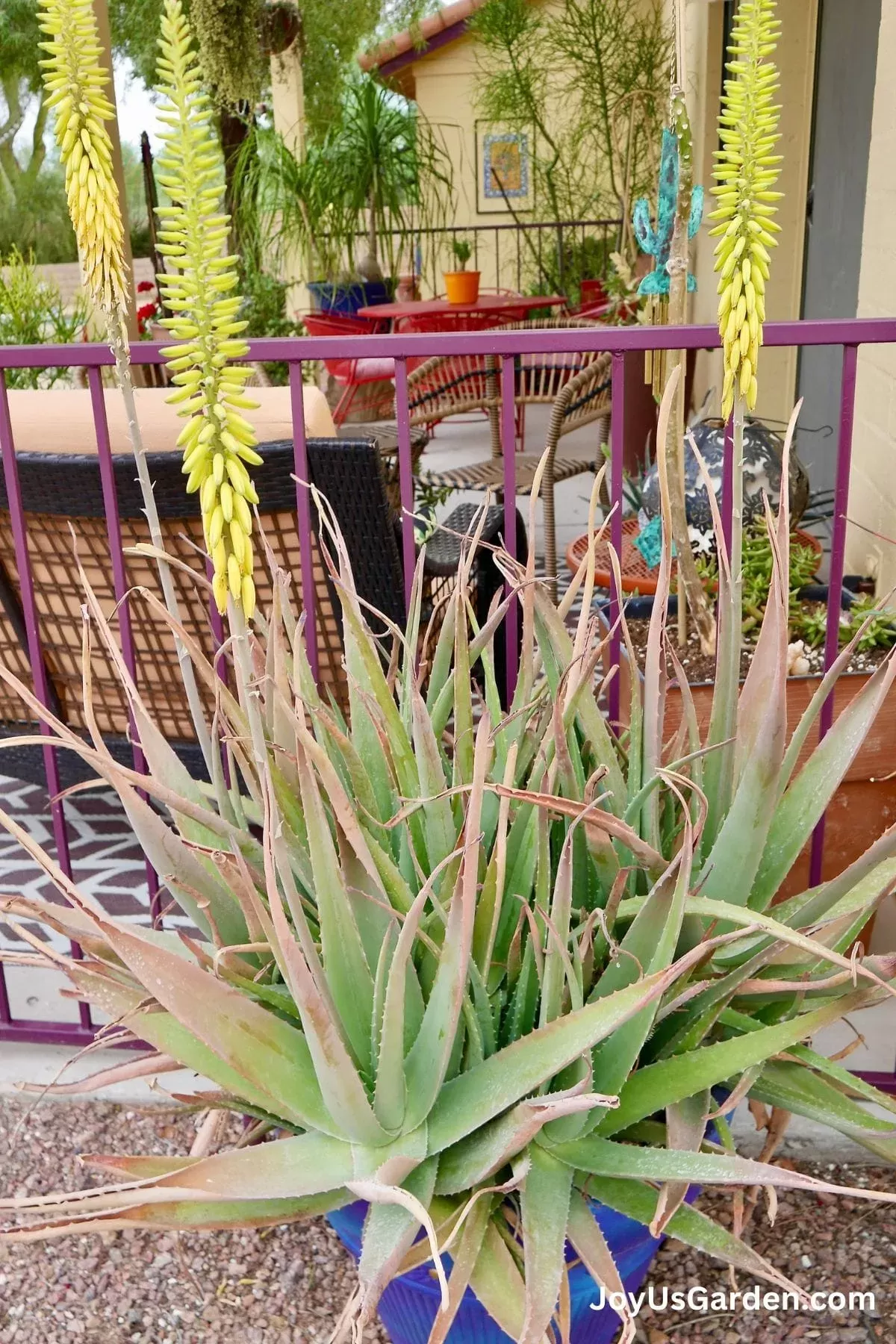Ready to make your garden work harder for you? Imagine stepping outside your back door and plucking fresh ingredients for dinner right from your flower beds. It’s not just a dream – it’s entirely possible, even in a small yard!
Here are the key takeaways for creating your edible perennial haven:
- Edible perennials offer multi-season interest and food production without yearly replanting.
- They integrate beautifully into existing ornamental beds, maximizing small spaces.
- Choose varieties suited for your specific conditions (sun, shade, soil).
- Embrace the “grazing garden” concept – picking just what you need for the moment.
- Many common landscape plants have edible uses you might not know about!
Growing food doesn’t have to mean dedicating a large, separate plot to annual vegetables. For those with limited space, busy schedules, or a desire for a garden that offers beauty and bounty year after year, edible perennials for small yards are a game-changer. These hardworking plants combine ornamental appeal with delicious harvests, turning every corner of your landscape into a potential pantry. Let’s explore how you can create a vibrant, productive, and beautiful small-space garden with the magic of perennials.
Contents
Why Edible Perennials are Perfect for Small Yards
Traditional vegetable gardening often involves a significant amount of yearly effort: tilling, sowing, transplanting, and continuous weeding. While rewarding, it requires dedicated space and time. For the compact garden, this annual churn can feel like a lot of work for limited return.
Edible perennials, on the other hand, are the low-maintenance heroes of the small garden. Once established, they return each spring, often requiring less care than annuals. They build strong root systems that improve soil and resilience. Plus, many boast attractive foliage, beautiful flowers, or interesting textures that contribute to the overall beauty of your landscape long after the harvest season. In a small yard, every plant needs to earn its spot, and edible perennials deliver on both form and function. This approach allows you to create a “grazing garden” – a space where you can casually wander and snip fresh herbs, leaves, or flowers to elevate your meals.
Top Edible Perennials for Compact Spaces
Integrating edible perennials into your existing flower beds, borders, or even containers is easier than you think. Many popular landscape plants have hidden edible qualities, while some dedicated edibles offer surprising ornamental value. Here are some fantastic options to consider for making your small yard more delicious.
Perennial Vegetables and Herbs
Many classic herbs and some less common vegetables are perennials that thrive year after year, making them perfect for adding continuous flavor to your cooking right outside your door.
-
Chives
- A tidy, clumping herb perfect for edging beds or planting in containers. Both the slender leaves and the globe-like purple flowers add a mild oniony flavor to dishes.
- Scientific Name: Allium schoenoprasum
- Common Name: Chives
- Zone: 3-9
- Light: Full sun to partial shade
- Humidity: Moderate
- Water: Moderate
-
Oregano
- Hardy and fragrant, oregano forms an attractive groundcover that bursts with flavor. It’s also a magnet for pollinators when in bloom, adding ecological value to your small garden.
- Scientific Name: Origanum vulgare
- Common Name: Oregano
- Zone: 4-10 (varies by type)
- Light: Full sun
- Humidity: Low (drought tolerant)
- Water: Low to moderate
-
Rhubarb
- With its large, dramatic leaves and striking red stalks, rhubarb is a surprisingly beautiful plant. It’s incredibly easy to grow and provides abundant harvests for pies, crumbles, and sauces. Place it where its bold form can be appreciated.
- Scientific Name: Rheum x hybridum
- Common Name: Rhubarb
- Zone: 3-8
- Light: Full sun to partial shade
- Humidity: Moderate
- Water: Consistent
-
Sage
- Beyond the traditional grey-green culinary sage, varieties like ‘Tricolor’ offer stunning variegated foliage in shades of green, white, and pink. Even if you don’t cook with it often, the ornamental types are beautiful additions to herb or perennial beds.
- Scientific Name: Salvia officinalis
- Common Name: Common Sage (many ornamental cultivars)
- Zone: 4-10 (varies by type)
- Light: Full sun
- Humidity: Low (prefers dry air)
- Water: Low to moderate (drought tolerant)
-
Sorrel
- Often overlooked, sorrel is a fantastic perennial green with a distinct, bright lemony tang. Use the leaves fresh in salads, add them to soups, or braise them with fish or poultry. It’s easy to grow and not commonly found in stores, making it a special addition to your small edible garden.
- Scientific Name: Rumex acetosa
- Common Name: Common Sorrel
- Zone: 4-9
- Light: Full sun to partial shade
- Humidity: Moderate
- Water: Consistent
-
Lovage
- A large, imposing perennial that offers a strong celery-like flavor. Use its leaves in soups, stews, or as a substitute for celery in recipes. The mature stems can even be used as fun, edible straws! It adds architectural interest to the back of a border.
- Scientific Name: Levisticum officinale
- Common Name: Lovage
- Zone: 4-8
- Light: Full sun to partial shade
- Humidity: Moderate
- Water: Moderate
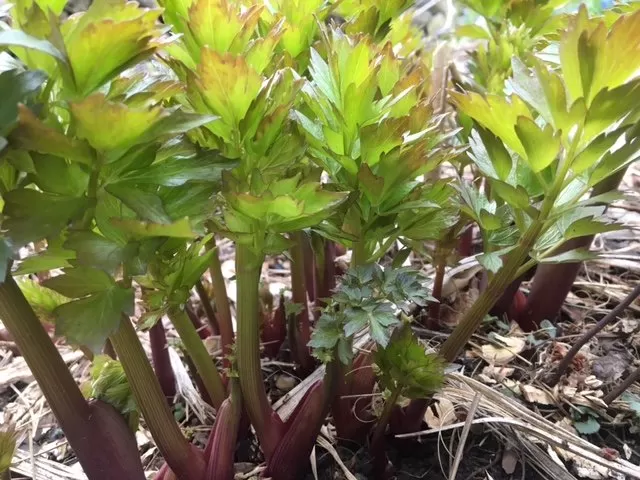 Lovage plant with large, deep green, celery-like leaves growing in a garden bed, an edible perennial for small yards.
Lovage plant with large, deep green, celery-like leaves growing in a garden bed, an edible perennial for small yards.
-
Mint
- Mint comes in an astonishing array of flavors (chocolate, spearmint, pineapple, and more!). It’s perfect for teas, desserts, or adding freshness to drinks. Be mindful that mint can be vigorous; consider planting it in containers to keep it from spreading throughout your small yard.
- Scientific Name: Mentha spp.
- Common Name: Mint
- Zone: 3-8/9 (varies by type)
- Light: Full sun to partial shade
- Humidity: Moderate
- Water: Moderate to moist
-
Lemon Balm
- A wonderfully fragrant herb with a bright, uplifting scent. The young leaves are lovely in salads, and dried leaves make a soothing tea. It’s a vigorous grower, so place it where its spread is welcome or contain it. Brushing against its foliage releases its delightful aroma.
- Scientific Name: Melissa officinalis
- Common Name: Lemon Balm
- Zone: 4-9
- Light: Full sun to partial shade
- Humidity: Moderate
- Water: Moderate (can tolerate drier)
-
Bronze Fennel
- Airy, feathery bronze foliage and delicate yellow flowers make this a beautiful ornamental addition. But it’s also edible! Use the leaves and flowers in salads or as a garnish. The seeds can be harvested for cooking, adding a sweet anise flavor.
- Scientific Name: Foeniculum vulgare ‘Purpureum’
- Common Name: Bronze Fennel
- Zone: 4-9
- Light: Full sun
- Humidity: Low to moderate
- Water: Moderate (drought tolerant once established)
 Bronze Fennel plant with delicate yellow flowers and wispy bronze leaves, a beautiful and edible perennial for gardens.
Bronze Fennel plant with delicate yellow flowers and wispy bronze leaves, a beautiful and edible perennial for gardens.
-
Asparagus
- While it requires a few years to establish before you can harvest spears, asparagus is a rewarding perennial vegetable. After the spring harvest, the fern-like foliage grows tall, adding beautiful texture and height to the back of a perennial bed. Provide support to prevent it from flopping.
- Scientific Name: Asparagus officinalis
- Common Name: Asparagus
- Zone: 4-8
- Light: Full sun
- Humidity: Moderate
- Water: Regular (especially when establishing)
-
Horseradish
- Known for its pungent root used to make the famous condiment. This plant is incredibly hardy and has a deep, persistent root system. While it can be difficult to remove once established, choose its location wisely for a reliable source of horseradish.
- Scientific Name: Armoracia rusticana
- Common Name: Horseradish
- Zone: 3-9
- Light: Full sun to partial shade
- Humidity: Moderate
- Water: Moderate (can tolerate drier)
-
Jerusalem Artichoke
- A versatile plant tolerant of various conditions, producing edible tubers that can be roasted, mashed, or added to soups. Be aware that like horseradish, it can spread aggressively via its tubers. Plant where you can manage its growth or in a contained area.
- Scientific Name: Helianthus tuberosus
- Common Name: Jerusalem Artichoke, Sunchoke
- Zone: 3-8
- Light: Full sun to partial shade
- Humidity: Moderate
- Water: Moderate
Edible Ornamental Perennials
Many plants grown primarily for their beauty also offer edible parts, adding another layer of function to your small garden’s design.
- Stonecrop (Sedum)
- A garden workhorse known for its reliability, drought tolerance, and late-season flowers that provide structure through winter. What many gardeners don’t know is that the leaves are edible! They have a mild, slightly tangy flavor perfect for adding to salads. Plus, they offer a fun trick for kids (and adults!) by blowing them up like tiny balloons.
- Scientific Name: Sedum spp. (many species have edible leaves)
- Common Name: Stonecrop, Sedum
- Zone: 3-10 (varies by type)
- Light: Full sun
- Humidity: Low (drought tolerant)
- Water: Low
 Close-up of Stonecrop Sedum leaves, some of which are edible and can be inflated, ideal edible perennials for small yards and kids gardens.
Close-up of Stonecrop Sedum leaves, some of which are edible and can be inflated, ideal edible perennials for small yards and kids gardens.
 Stonecrop Sedum plant with late-season flowers, a beautiful and edible perennial suitable for an edible landscape.
Stonecrop Sedum plant with late-season flowers, a beautiful and edible perennial suitable for an edible landscape.
- Daylily (Hemerocallis)
- These incredibly tough and widely planted perennials are not just for show! Unopened flower buds can be added to stir-fries, and the vibrant flowers make a stunning, edible garnish for salads or desserts. Daylilies are particularly useful in challenging spots, like under black walnut trees, as they are juglone-tolerant.
- Scientific Name: Hemerocallis spp.
- Common Name: Daylily
- Zone: 3-9
- Light: Full sun to partial shade
- Humidity: Moderate
- Water: Moderate (drought tolerant once established)
 Closeup view of a bright yellow daylily flower and buds, highlighting their edible nature for small yard gardens.
Closeup view of a bright yellow daylily flower and buds, highlighting their edible nature for small yard gardens.
-
Hosta
- A staple for shady gardens, hostas are prized for their lush foliage in countless shades and textures. While most are grown for their leaves, the unfurled shoots in spring, known as ‘hosta shoots’ or ‘urui’ in Japan, are edible. Steam them and serve with butter for a unique spring delicacy.
- Scientific Name: Hosta spp.
- Common Name: Hosta, Plantain Lily
- Zone: 3-9
- Light: Partial to full shade
- Humidity: Moderate to high
- Water: Consistent
-
Bergamot (Monarda)
- Known for its unique, often shaggy, tubular flowers that are beloved by bees and hummingbirds. The leaves have a minty, slightly spicy flavor reminiscent of oregano or thyme and can be used to make tea. The edible flowers are a beautiful addition to fruit salads or garnishes.
- Scientific Name: Monarda spp.
- Common Name: Bergamot, Bee Balm
- Zone: 4-9
- Light: Full sun to partial shade
- Humidity: Moderate
- Water: Moderate to moist
Growing Tips for Your Edible Perennial Garden
Integrating edible perennials into a small yard is about smart plant selection and placement.
- Assess Your Space: Note where you get the most sun (full sun: 6+ hours), partial sun/shade (3-6 hours), and full shade (<3 hours). Choose plants accordingly.
- Consider Size: Pay attention to the mature size of the plants. Taller plants like Asparagus or Lovage might go towards the back, while low-growing herbs like Chives or Oregano can edge a path or border.
- Think Containers: Many edible perennials, especially those that tend to spread (like Mint or Lemon Balm), thrive in containers. This allows you to control their growth and place them strategically on a patio or balcony.
- Soil Matters: Most perennials appreciate well-drained soil. Amend heavy clay or sandy soil with compost before planting.
- Water Wisely: While established perennials are generally drought-tolerant, they need consistent watering, especially during their first year and during prolonged dry spells.
Dealing with Common Challenges
Some edible perennials, like Mint, Lemon Balm, Horseradish, and Jerusalem Artichokes, can be enthusiastic spreaders. If you’re concerned about them taking over a small space:
- Plant them in containers.
- Install root barriers when planting them in the ground.
- Choose their location carefully, perhaps a difficult corner where other plants struggle.
- Regular harvesting can also help keep some plants in check.
Cultivating Your Edible Landscape
Adding edible perennials to your small yard transforms it from a purely ornamental space into a functional, resilient, and delicious landscape. It encourages a different way of gardening – less about mass production and more about supplementing your kitchen with fresh, flavorful ingredients picked at their peak. It’s gardening that engages the senses, provides beauty, supports pollinators, and feeds you, all within the constraints of a smaller footprint.
Whether it’s snipping chives for your morning eggs, adding sorrel to a quick soup, or tossing colorful daylily petals onto a salad, these edible perennials bring joy and flavor to your small space garden year after year.
Embracing edible perennials is a rewarding step towards a more sustainable and enjoyable garden life. Do you already grow edible perennials in your small yard? Share your favorites and tips in the comments below! Explore more ways to create a bountiful and beautiful garden right where you live by checking out other articles on Thelittle.garden.
